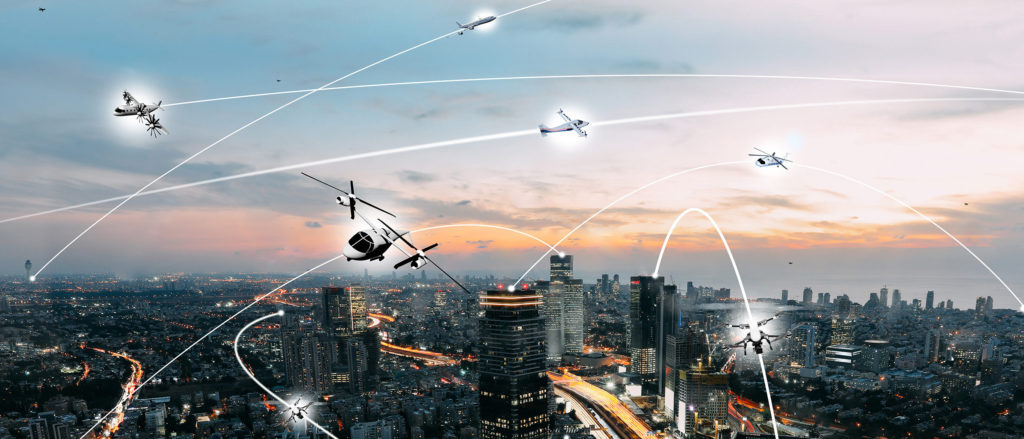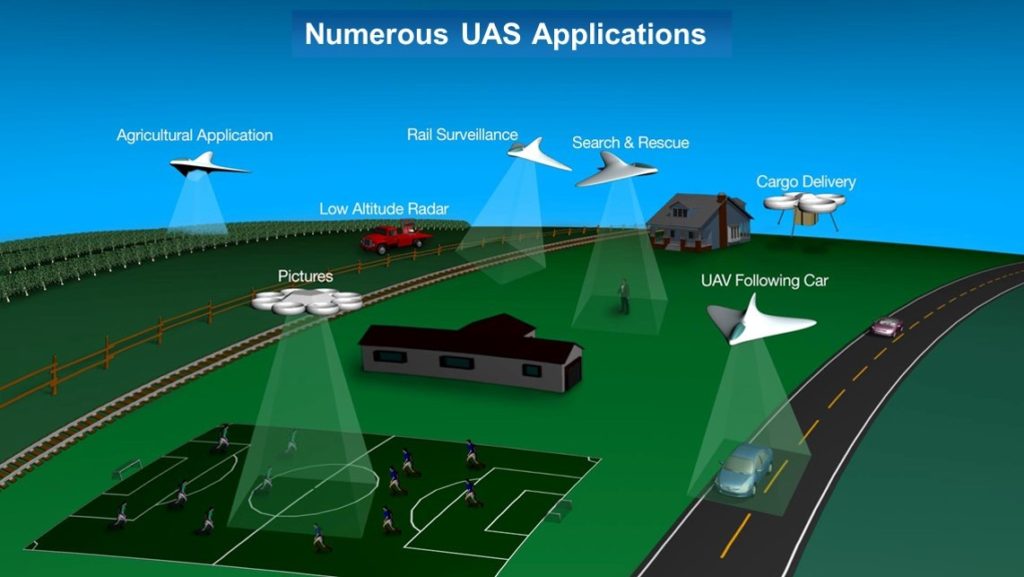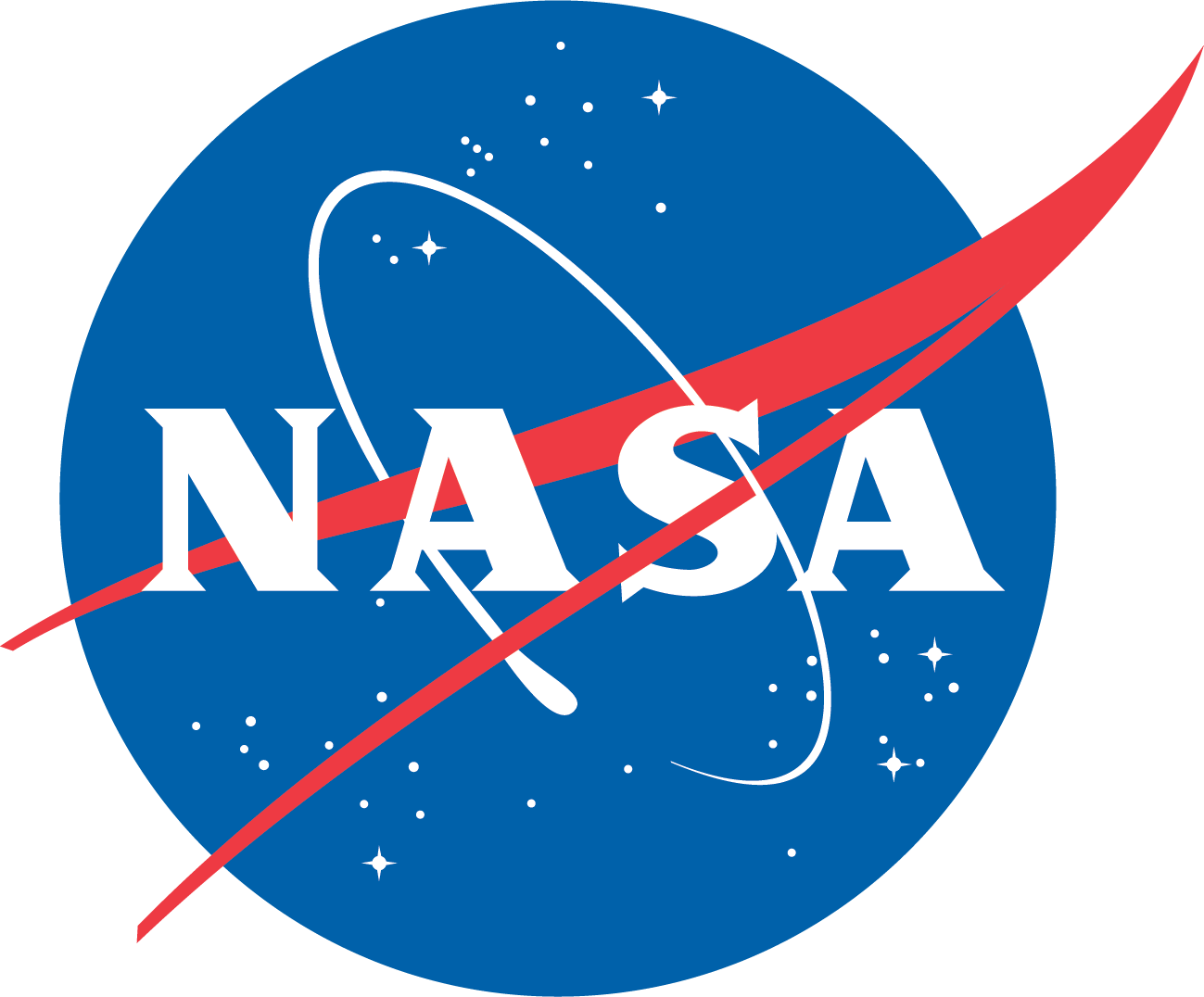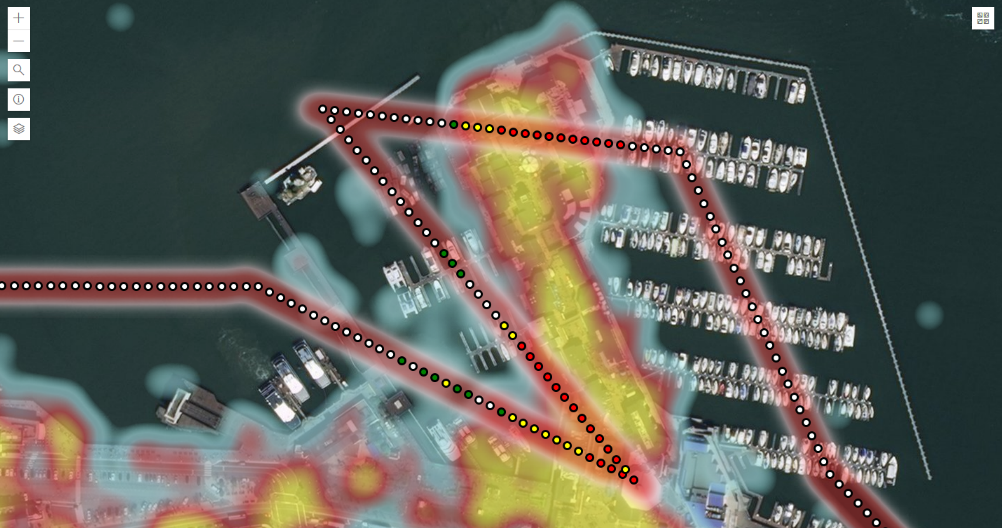Risk Assessment for Unmanned Aircraft Systems (UAS)

Activity Summary
Status: Active
Commercial use of small unmanned aircraft systems (UAS) is expected to grow significantly in the coming years due to the vehicles anticipated benefits. Several private industries have proposed using UAS to transport goods while others have considered using the aircrafts to support news coverage and spotting wildfires. Law enforcement agencies around the world, many of which already use UAS, are exploring additional application, including locating people during search and rescue missions and protecting endangered species from poaching.
A major challenge, however, to wide-spread urban small UAS applications is how to reduce possible risks to people on the ground. In order to recognize and minimize risks in a timely manner, UASs need advanced technologies that can accurately assess situations using high volumes of data.
To meet the challenge, NASA Langley’s Aeronautics System Analysis Branch (ASAB) developed a pre-flight risk assessment service within NASA’s developmental UAS Traffic Management system.

The Ground Risk Assessment Service Provider (GRASP) enables operators to submit flight-plans and visualize the potential risks to people on the ground if the aircraft were to experience a failure. The service provides a detailed display of population density for the given hour, day, and season. Using this information, UAS operators are able to modify their flight-plans to minimize risks. The technology is currently offered to UAS operators via a publicly available website.
In addition, ASAB researchers are working to develop a software application to operate onboard UAS to autonomously monitor, assess and minimize risk during flight. This research supports the objectives of the System-wide Safety (SWS) and UAS Traffic Management within the Airspace Operations and Safety Program. The technology will also benefit future Urban Air Mobility (UAM) applications, i.e. autonomous aircraft designed to transport people in cities.
As industries explore the potential benefits of UASs, the unmanned vehicles will undoubtedly become a larger part of our society. NASA’s ASAB researchers are committed to ensuring the safe and responsible use of these vehicles, to protect both people and property on the ground.
Ground Risk Assessment Service Provider (GRASP) Simulator Access Request
Click this link to request access to the GRASP Simulator by Ersin Ancel.

